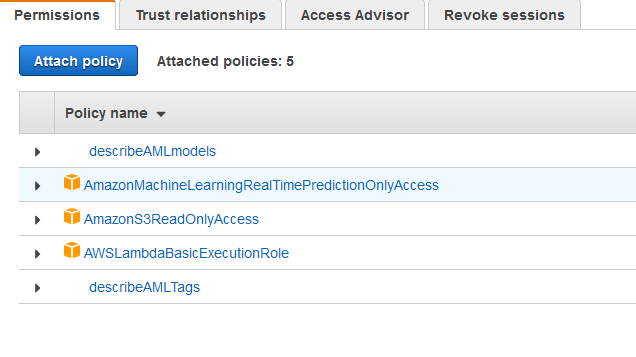I gave a talk at Develop Denver last year about Amazon Machine Learning. They recorded it and you can now view the video. I feel a bit like a superhero in the shadows, because the lighting situation was such that you couldn’t see both my face and my slides at the same time, but if you want to see what AML is all about and how it can help you experiment with supervised machine learning in a lightweight, cheap, fast manner, please check it out.
The full video is about 35 minutes long.
 I’m excited to be speaking at
I’m excited to be speaking at 
